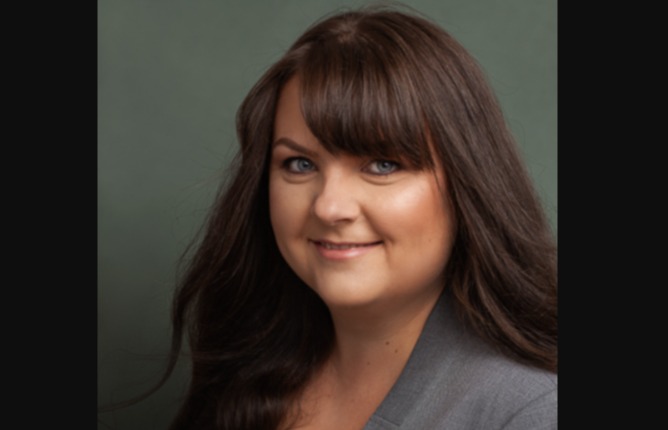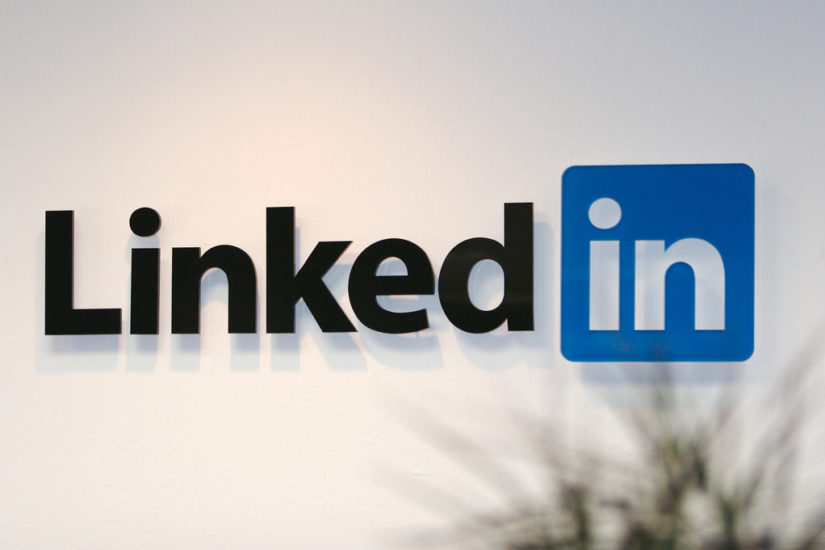— Full article available at https://isarta.com/news/the-subtleties-of-a-cv-in-2022/
In the last two years, corporate communications have become virtualized at a rapid pace. We exchange via email and social media with colleagues and potential employers alike. What impact does this have on the resume? Compared to the days of the paper CV, are we still writing this document in the same way in 2022? We’ve scheduled a quick Q&A with Jessica Gohier, president of Profilia, a company that specializes in CV, letter and LinkedIn profile writing.
Isarta Infos: What is the ideal format for a “digital” CV – a Word document, PDF, Jpeg, others?
Jessica Gohier: When applying online, it’s best to submit a Word “doc” or “docx” document – or PDF, if that’s what’s requested – because you want the ATS [Applicant Tracking System] to be able to read the keywords.
If you send a CV by e-mail to a specific person, it is better to save it in PDF format, especially if you have included special fonts or graphic elements.
In general, the golden rule is to follow the employer’s instructions, when there are any.
When emailing the resume, is it better to attach the document as an attachment or link in the cloud?
J. G.: We want to make life easier for the person receiving the document. I therefore recommend attaching the document to the cloud, to avoid problems with connection or access rights to the document.
Knowing that many recruiters consult the candidates’ social media, is it better to indicate our links directly in the CV?
J. G.: In the case of LinkedIn, definitely. We indicate the URL in our personal information. But first, we make sure that the profile is up to date. Then you can choose a custom URL, so you don’t end up with a long string of numbers and letters in the resume. [Here is a link explaining how to do it].
As for other platforms, we include them when it’s relevant to do so – and that’s whether it’s a website, a blog or a podcast.
From a visual point of view, what are the trends? Should you transform your resume into an infographic?
J. G.: Graphic resumes are not the norm. They can be interesting in certain fields – like marketing, for example – or in certain contexts – when you approach a person directly and you really want to stand out.
It is also possible to make a “creative” resume, using special colors and fonts in Word. This type of resume is becoming more and more popular. But it is not ideal for ATS systems, as they use text boxes.
If your resume has the potential to be processed by an ATS, it is better to create a traditional text resume, in Word format, with perfectly readable keywords.
We understand that keywords are still very important, even today?
J. G.: Keywords are extremely important, but they must be used in the context of a story. When we mention our accomplishments, we need to add quantifiable details – like a turnover or growth rate. If you put keywords without context, without a story, without accomplishments, you will not be able to demonstrate that you are the right candidate for the job.
Is the “Objectives” section still relevant at the top of the resume?
J. G.: People used to have an “Objectives” section. Nowadays, it has become more of a “Profile” section. You put together a two- to three-sentence text describing who you are and what your value proposition is; what your areas of expertise are and how that aligns with what the company is looking for. It’s not “What I want”, it’s “What I offer to the company”.
Is the photo a yes or a no?
J. G.: In Canada, it’s not a requirement. And as a general rule, it’s a no. However, I’ve noticed that it’s becoming more and more popular, especially when a candidate uses a “creative” resume template. It depends on the field, of course: in fashion, marketing, real estate, it may be relevant to include it. Some executives choose to put their picture on because it’s part of their brand. It’s not forbidden, but it’s not a standard.
As a compromise, color or an icon can be used in the header of the resume. It can have a big impact in terms of branding, in terms of perceptions, without having the negativity that is sometimes associated with the photo in the resume.
Jessica, thank you for these generous tips!




